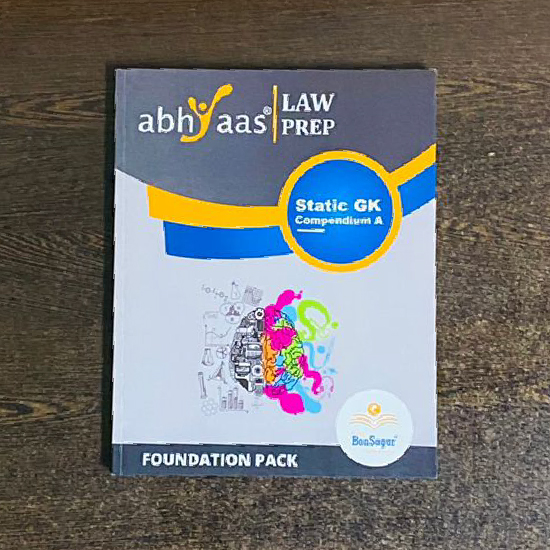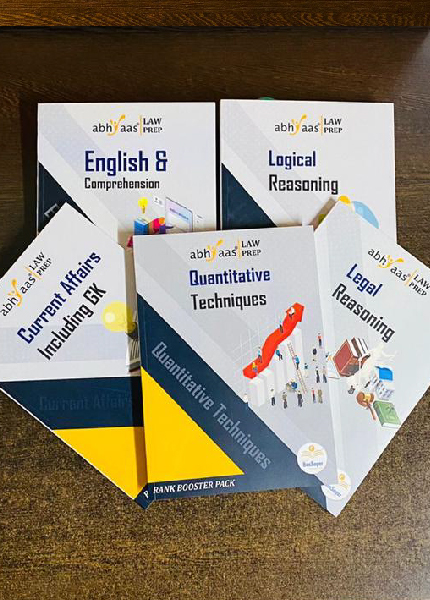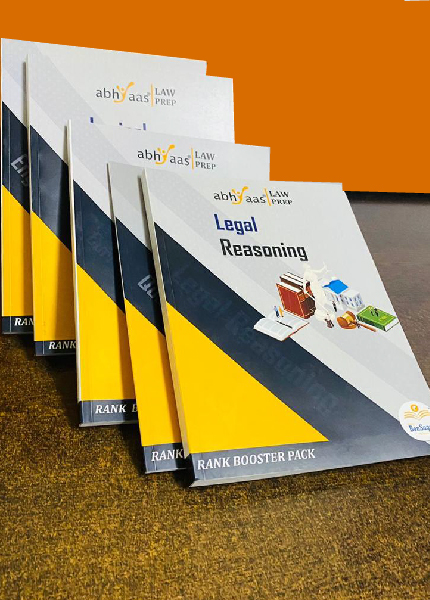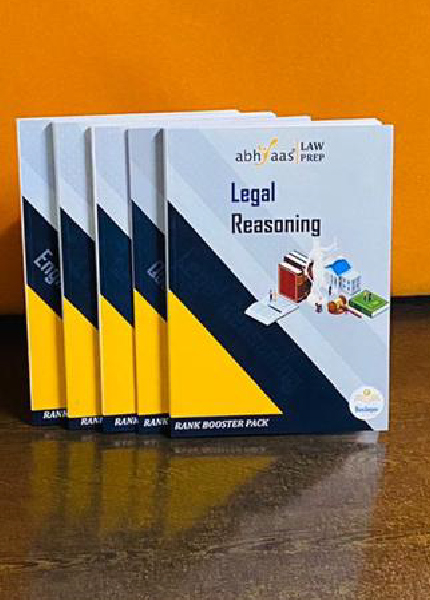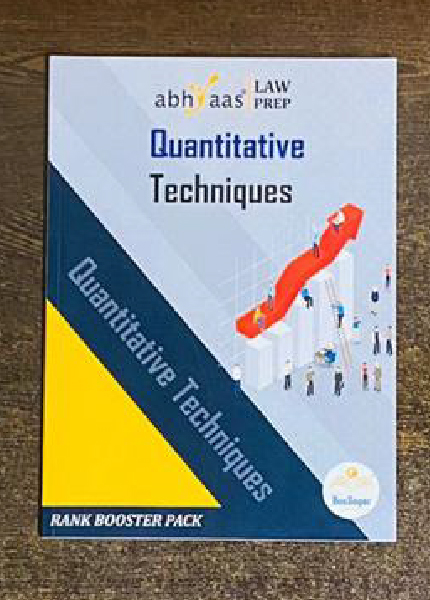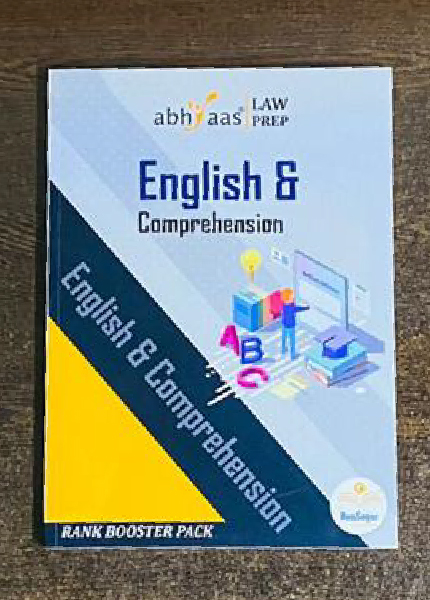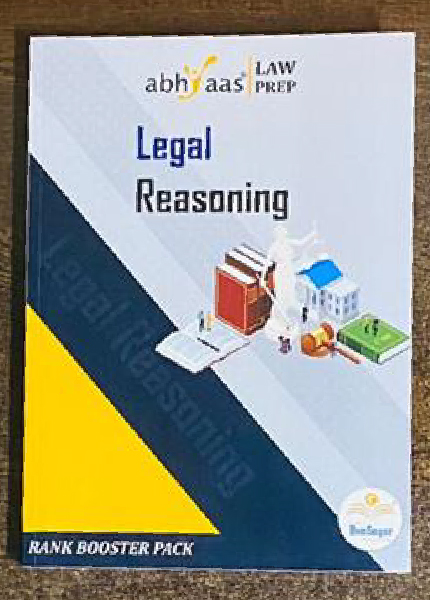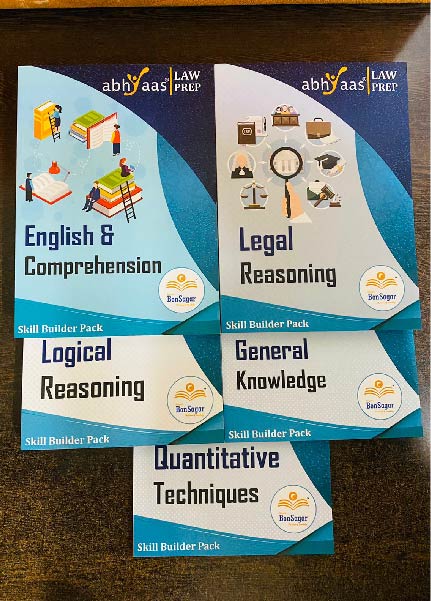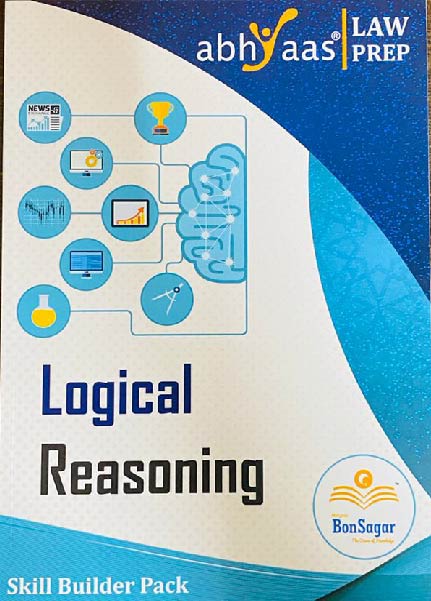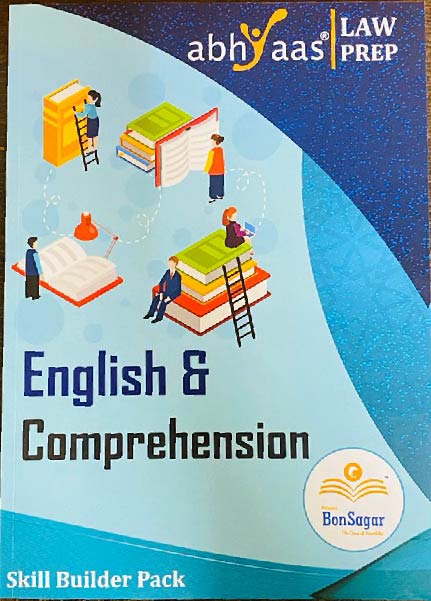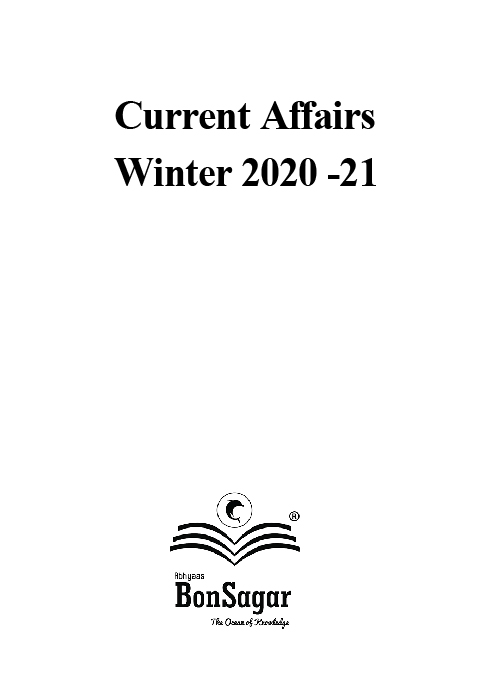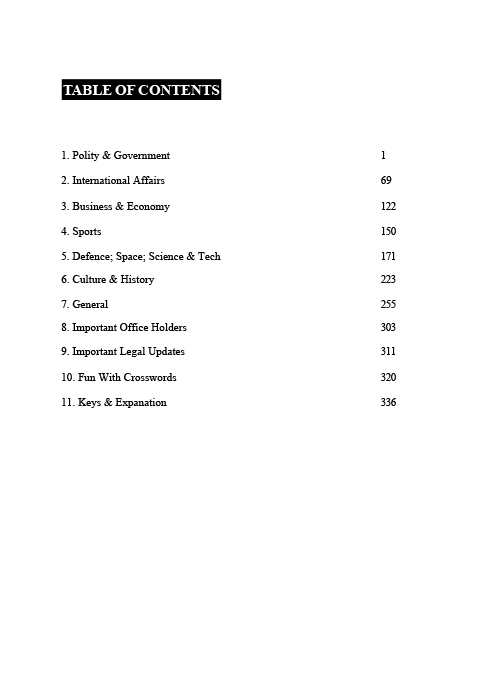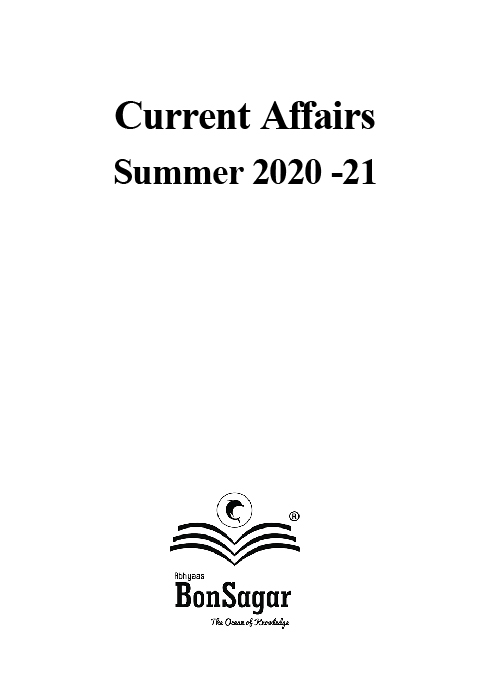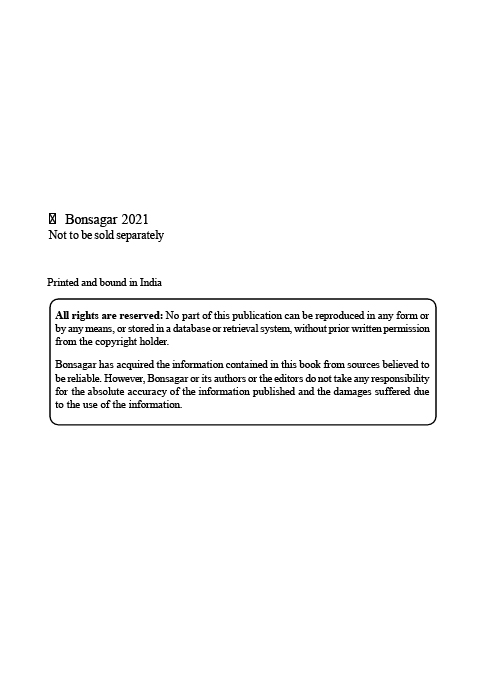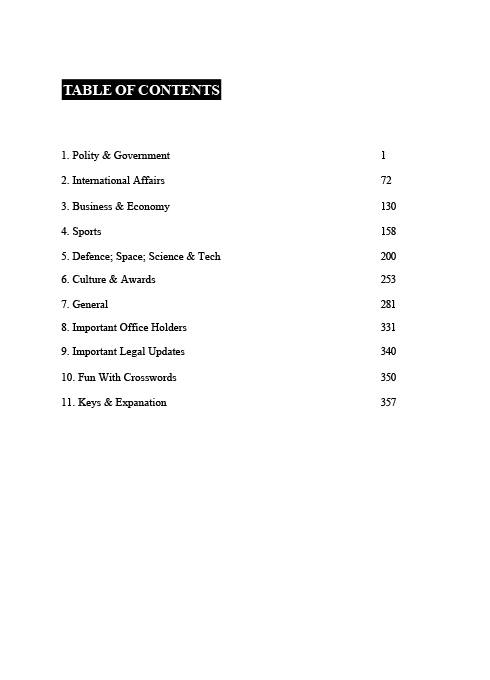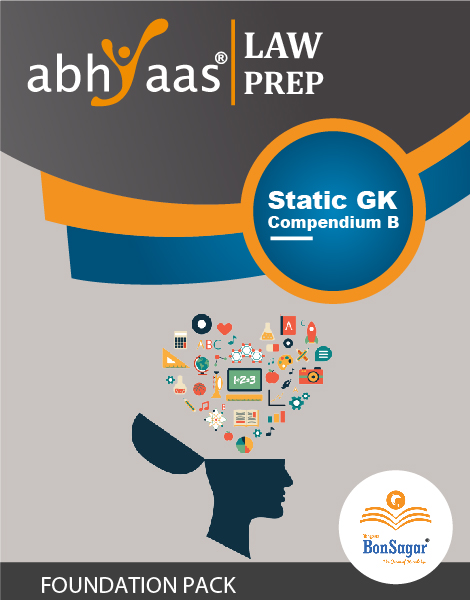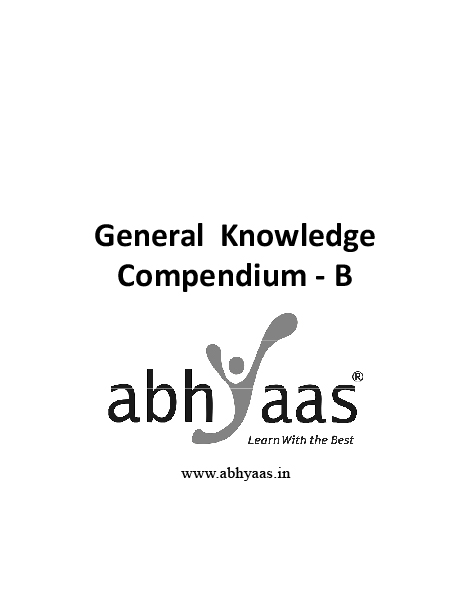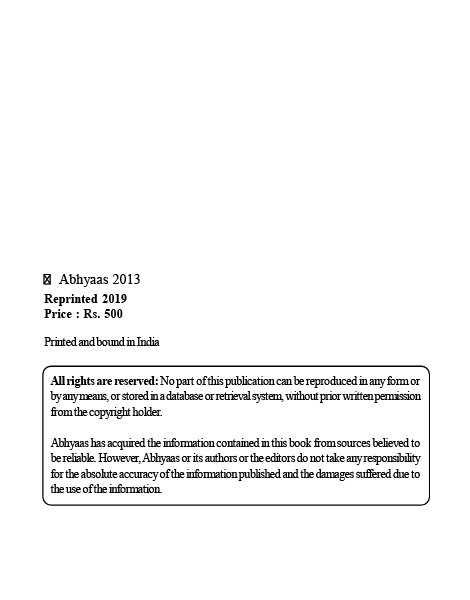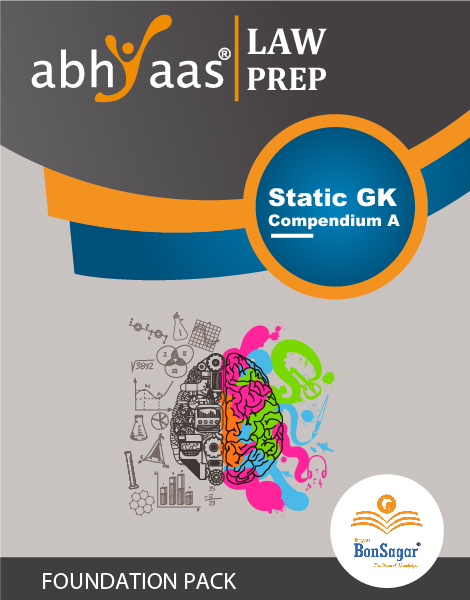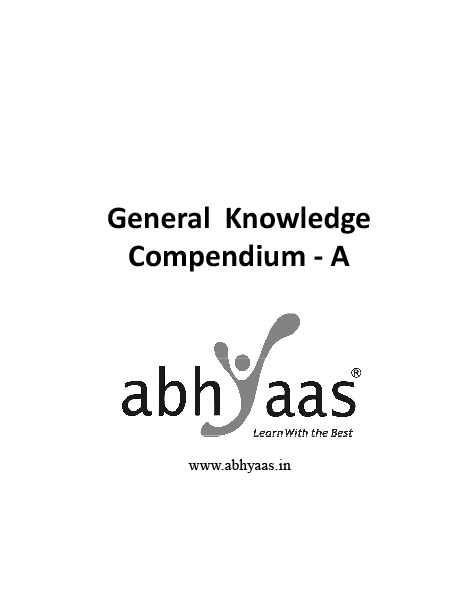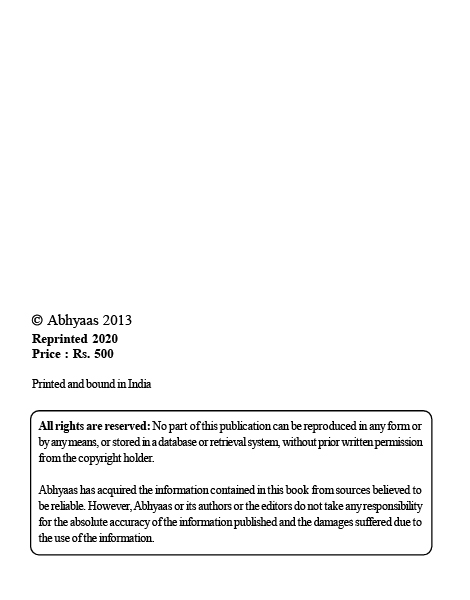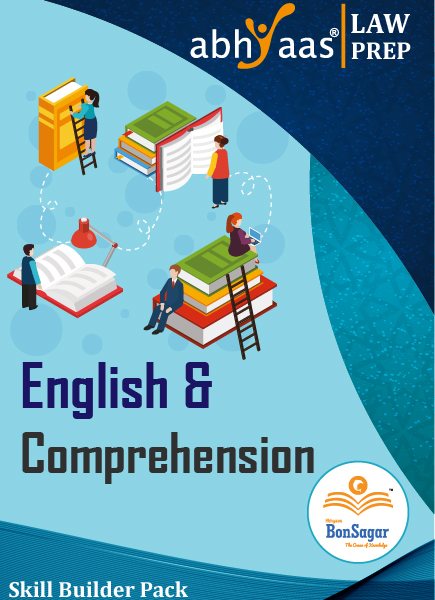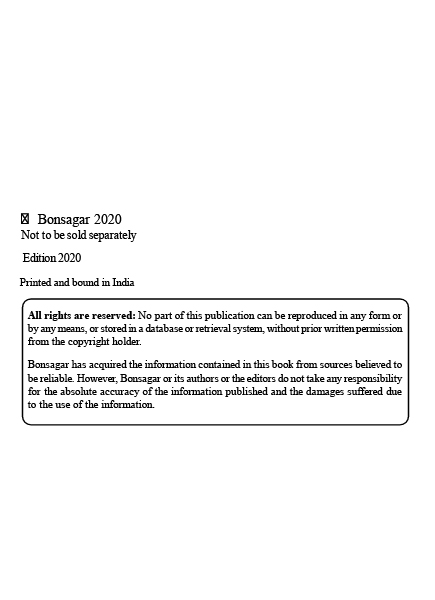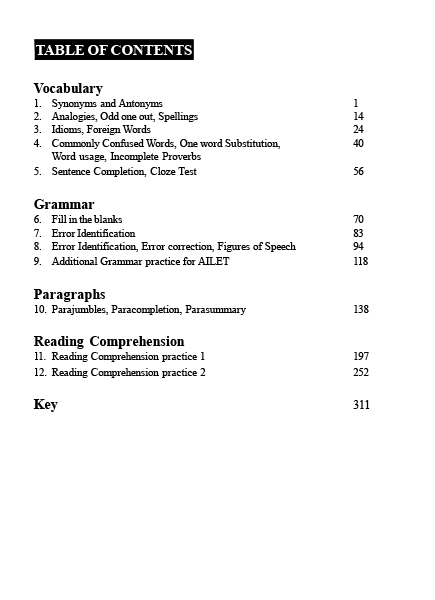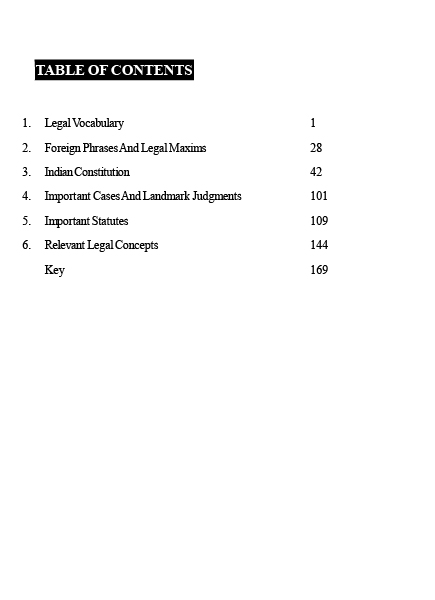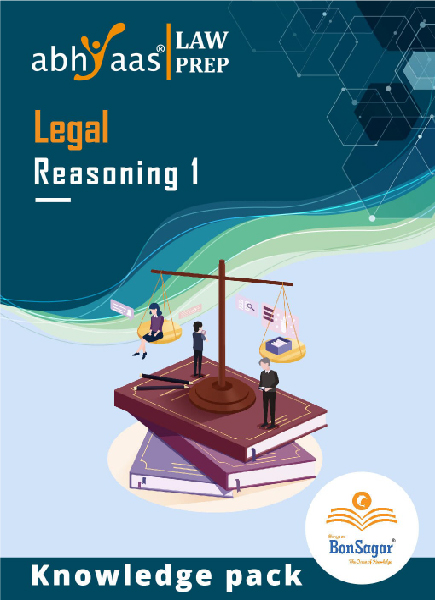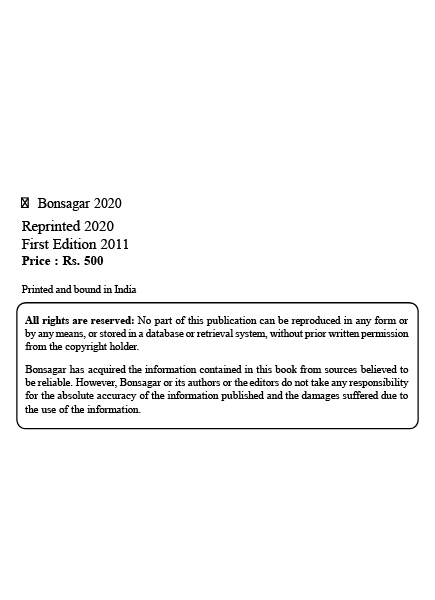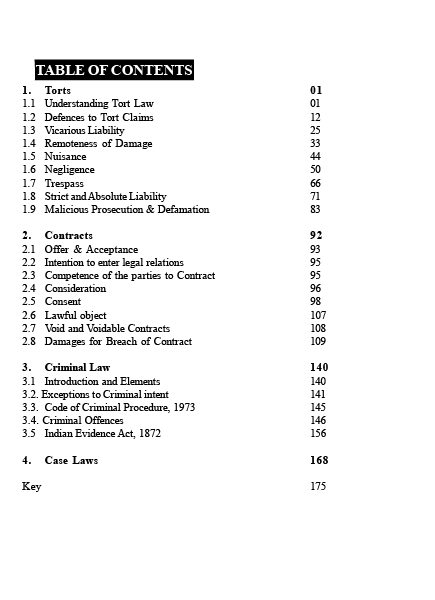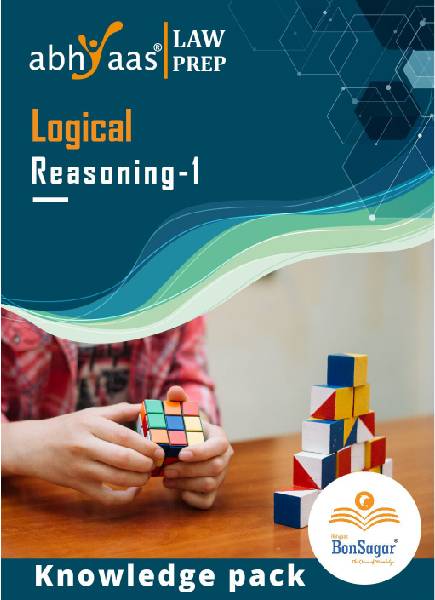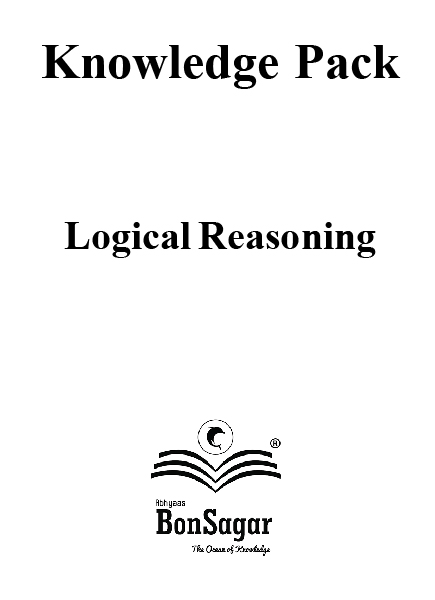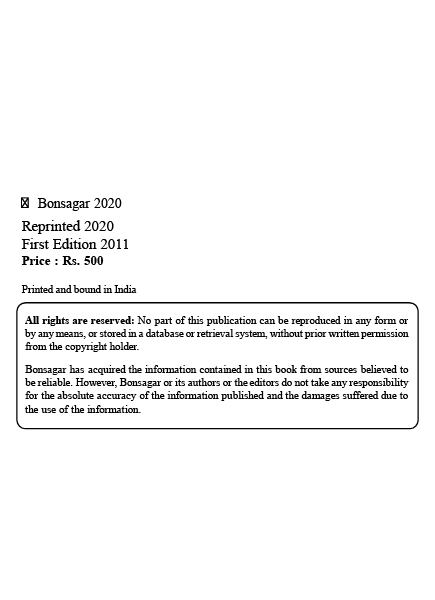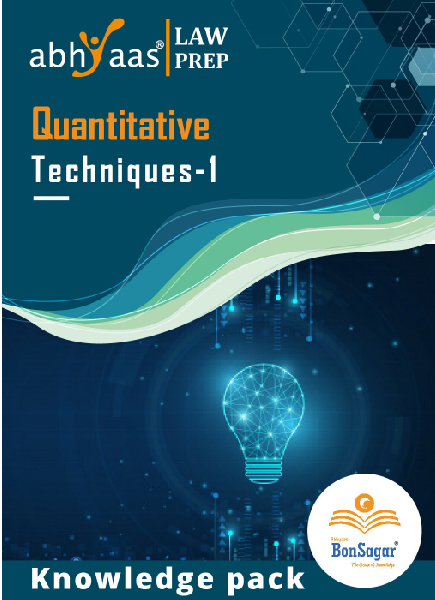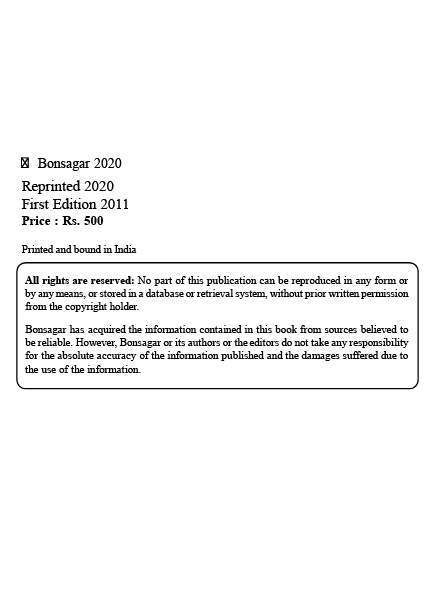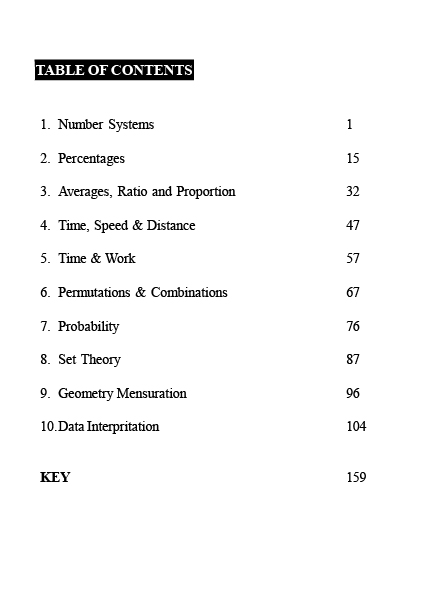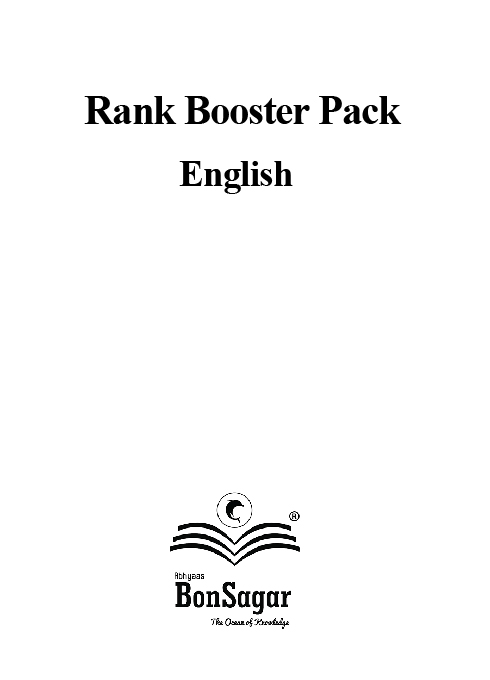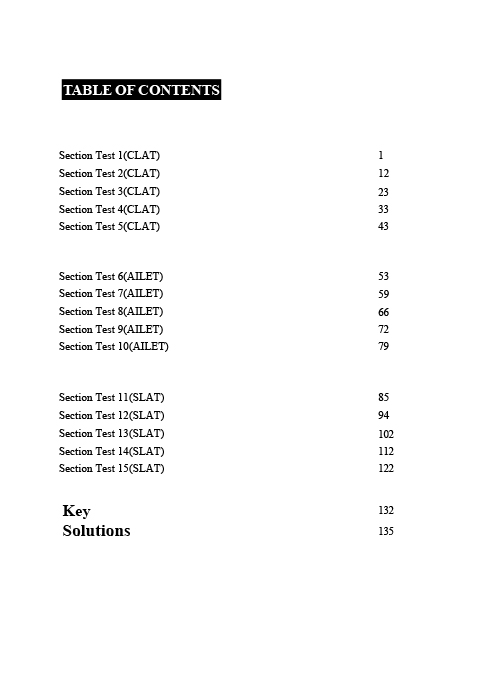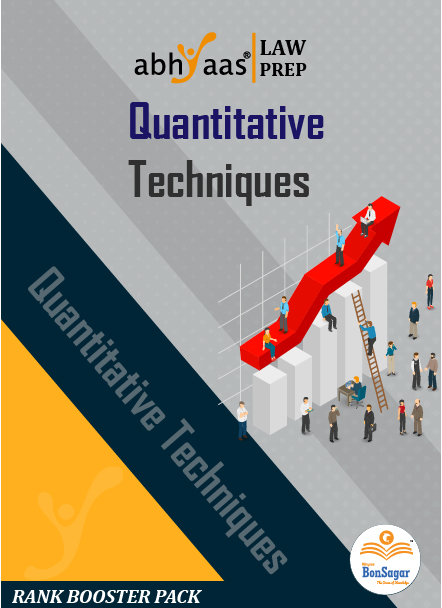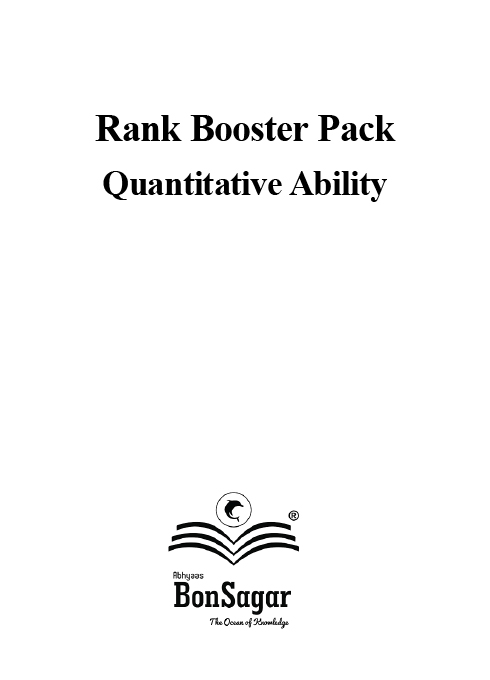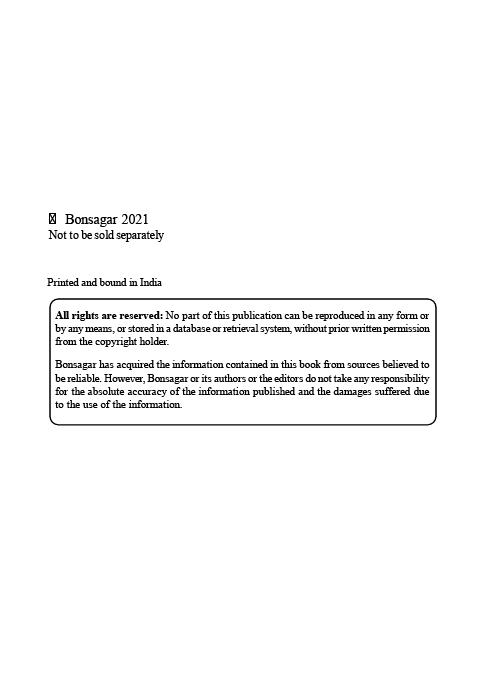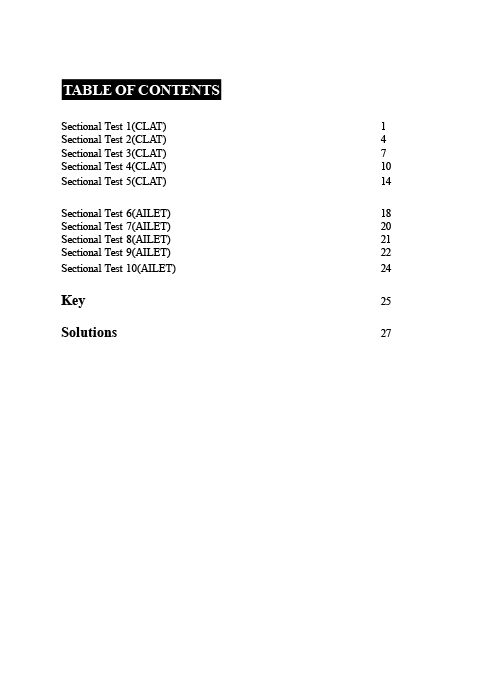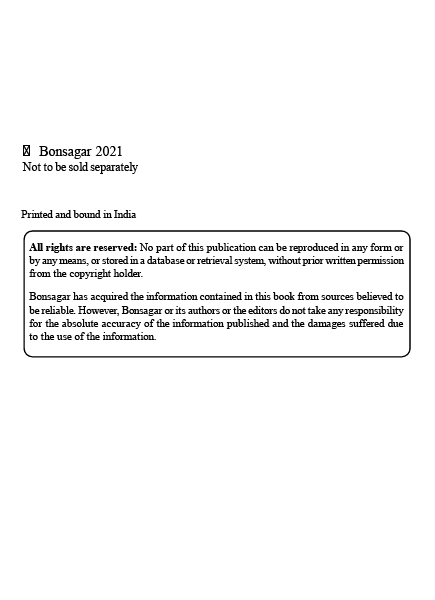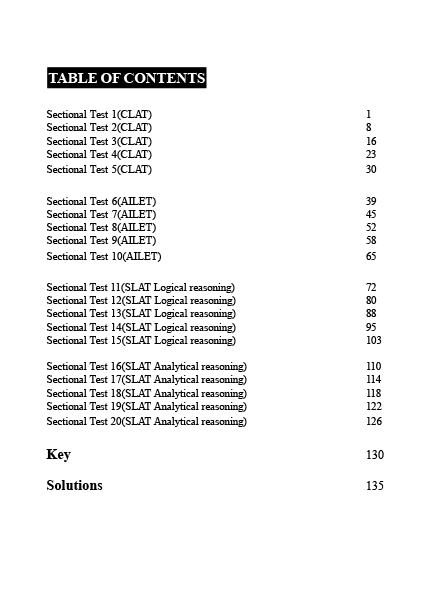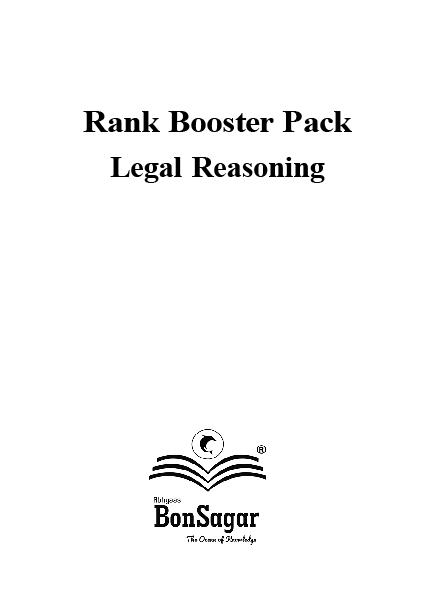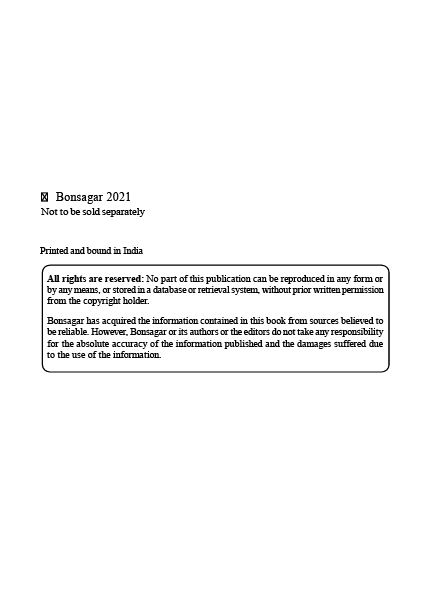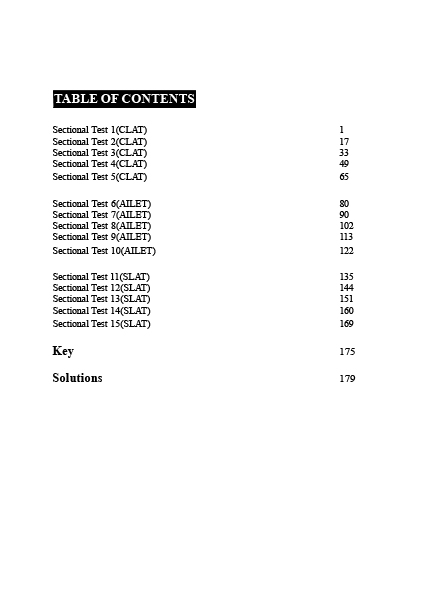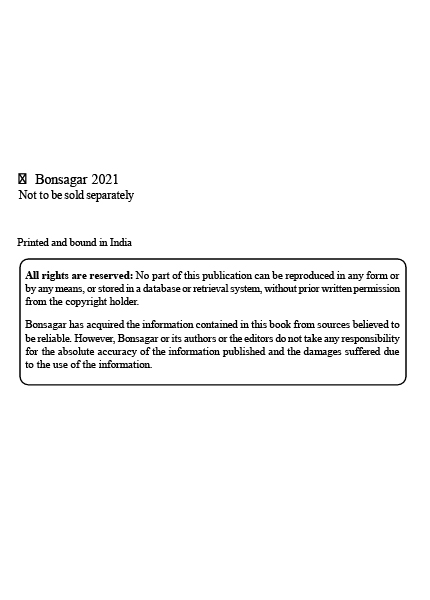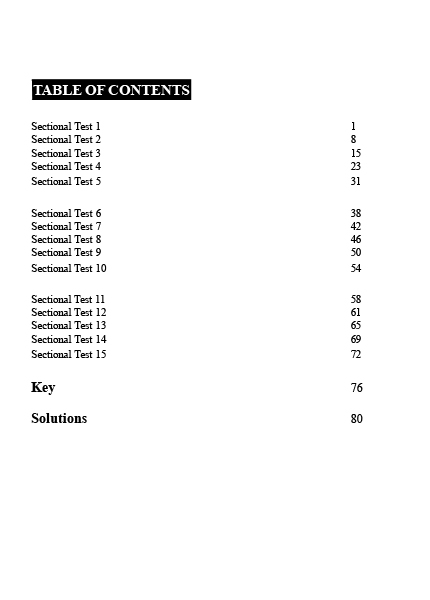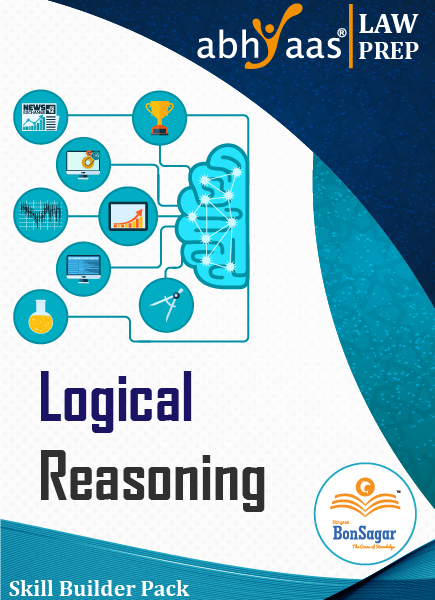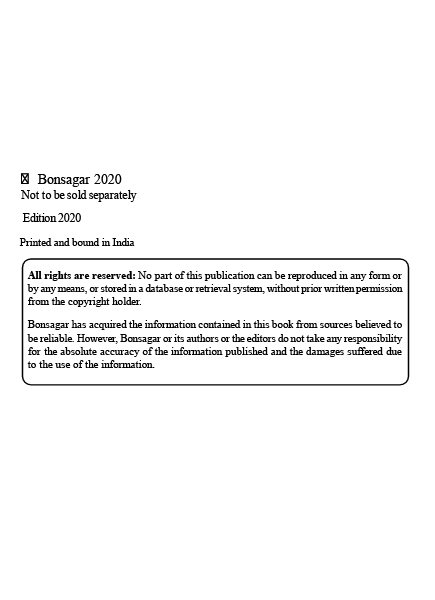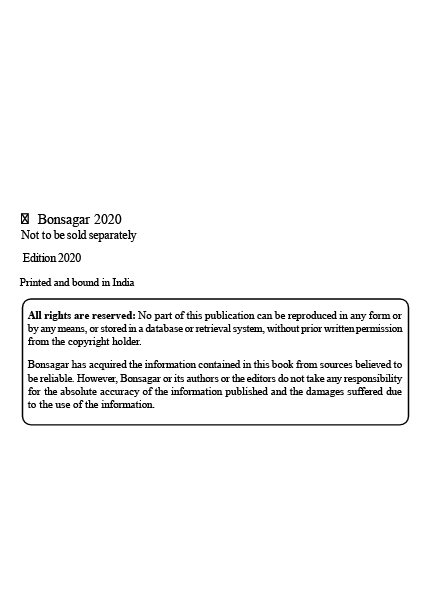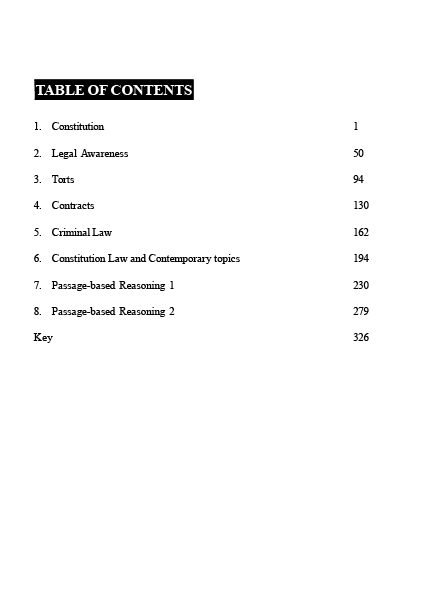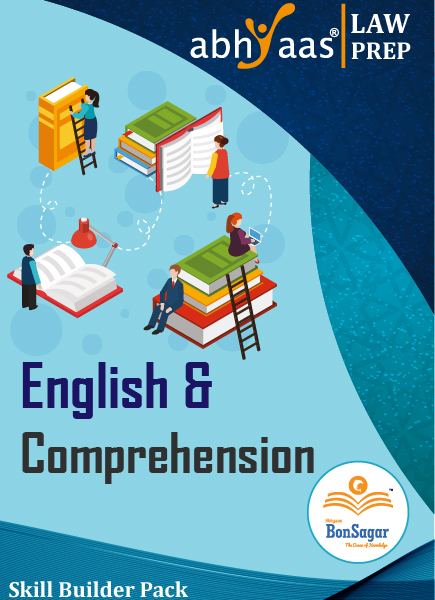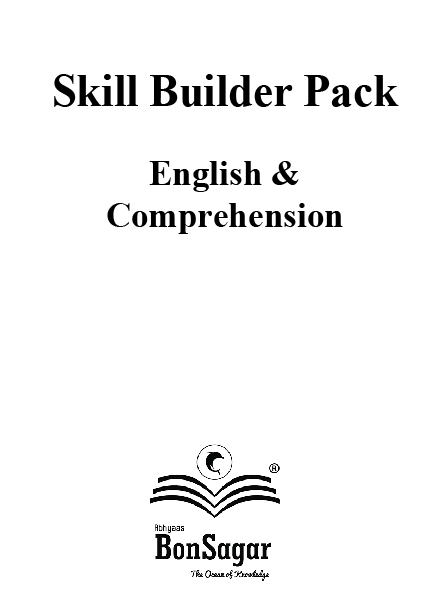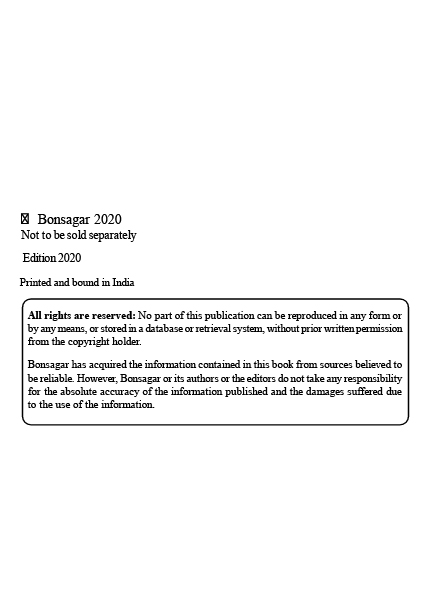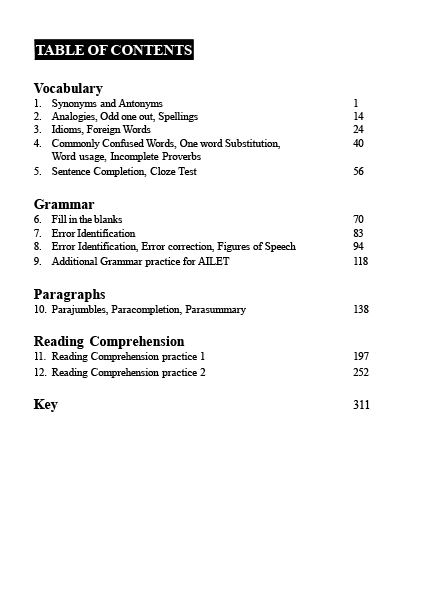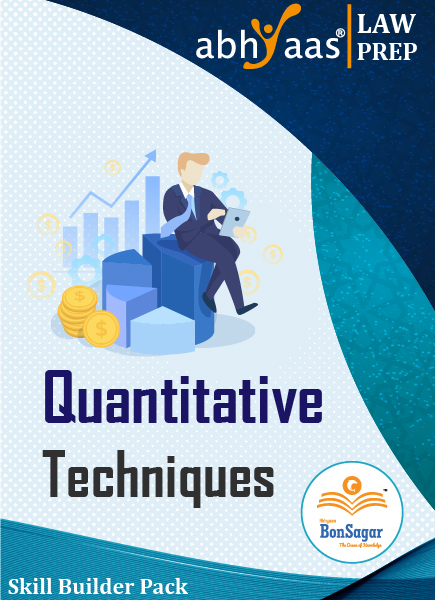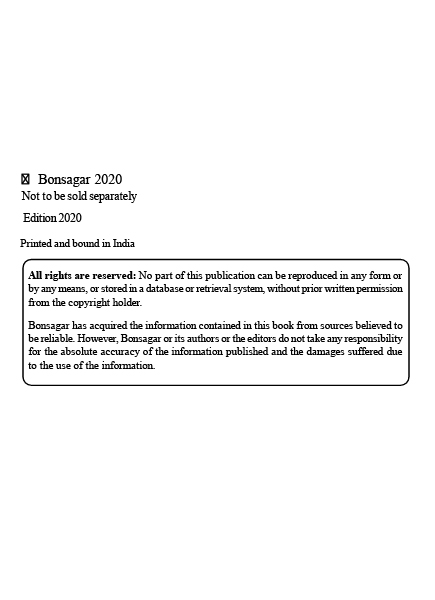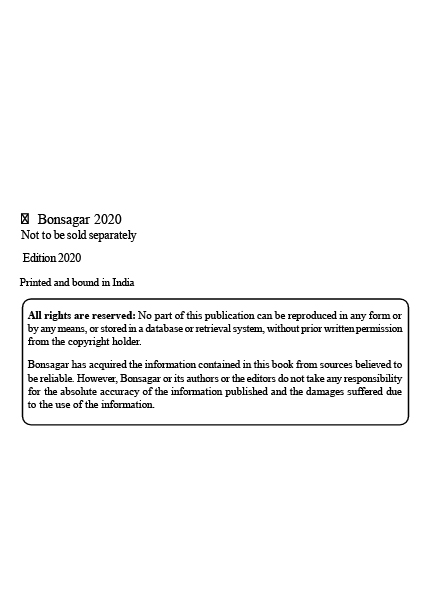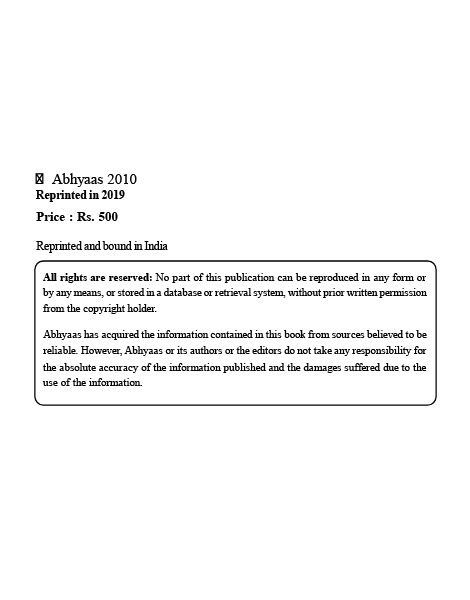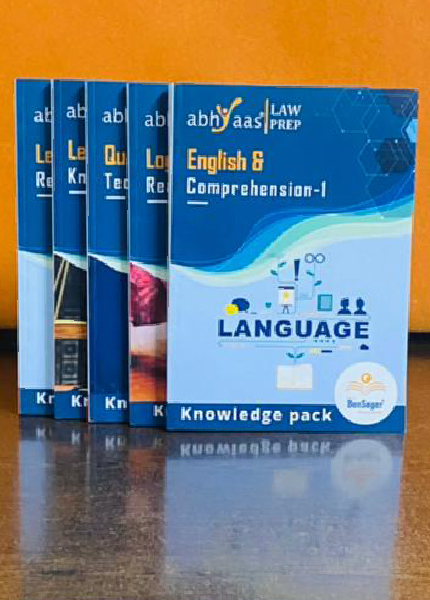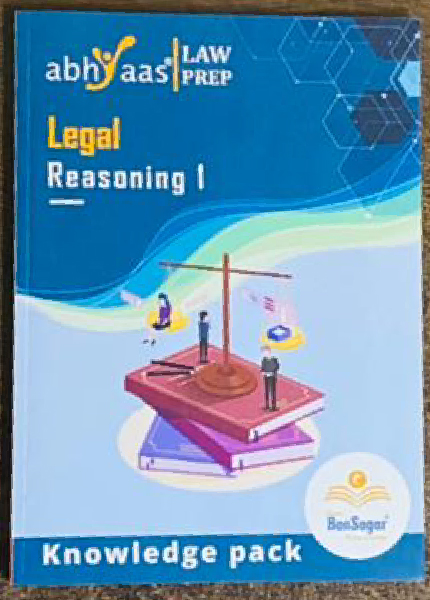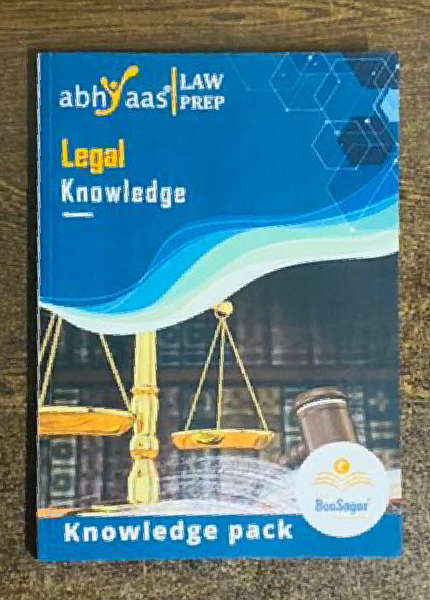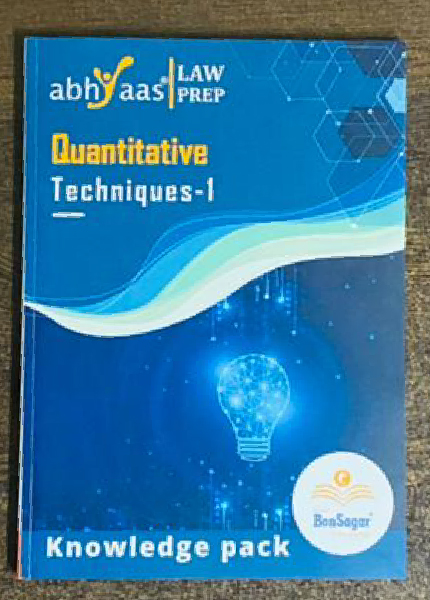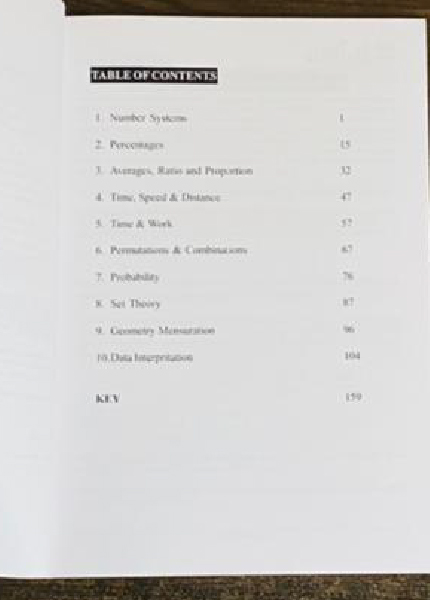
Logical Reasoning Sample Questions for UG-CLAT 2020 (New Pattern)
1. Rahul Dravid, the head-coach of India’s Under-19 cricket team, explained that the 2018 Under-19 World Cup team selection strategy was about providing opportunities to a lot more players to come into the India Under-19 fold. He explained that more than winning — which is not the right touchstone of success of a program at this level — what matters is how many of the players are able to move to the next level, that is playing first-class cricket. He, therefore, made a conscious decision to not select players from the previous World Cup to the 2018 Under-19 World Cup squad.
1.1 Which one of the following statements is consistent with Dravid’s selection strategy for the 2018 Under-19 World Cup as stated above?
- Selecting an inexperienced team at the under-19 level ensures failure and players who
experience failure learn to be humble. - Playing a sport is more important than winning or losing.
- The Under-19 World Cup is a stepping-stone to first-class cricket and winning it
should not be the end-goal. - When players are under the age of 19, they do not feel stressed about playing at a World
Cup; however, as they age, their ability to play well depends on the number of matches they
have already played.
(Answer: C)
Rationale:
The correct answer is (c) – the Under-19 World Cup is a stepping-stone to first-class cricket and winningit should not be the end-goal. This is clear from Dravid’s statement that winning is not the right touchstone of success, and that what matters more is how many players are able to move to the next level, that is, playing first-class cricket. None of the other options is
supported by the information in the passage, and so, cannot be the correct answer.
1.2 Which of the following is the most desirable outcome of Dravid’s selection strategy from his perspective?
- The team losing the World Cup, but 5 players from the squad going on to play firstclass cricket.
- The team winning the World Cup, and 1 player getting selected for the national team.
- The team winning the World Cup, and no player getting selected for the next Under-19
World Cup team. - The team winning the World Cup, and 5 players from the squad going on to play firstclass cricket.
(Answer: D)
Rationale:
The correct answer is (d) – the team winning the World Cup, and 5 players from the squad going on to play first-class cricket. Options (b) and (c) are not as desirable as the other options, since the other options contemplate more players entering the next level, which is consistent with Dravid’s selection strategy. Therefore, neither (b) nor (c) can be the correct
answer. While options (a) and (b) both describe 5 players going on to play first-class cricket, option (d) has the added advantage of the team winning the World Cup – Dravid says players moving to the next level is more important than winning the World Cup, but does not describe winning the World Cup as undesirable. Therefore, option (a) cannot be the correct answer either.
1.3 Which of the following statements, if true, contradicts Dravid’s selection strategy?
- First-class cricket selectors evaluate under-19 cricketers based on the win-loss ratio of the team they were a part of.
- First-class cricket selectors evaluate under-19 cricketers based on their ability to cope with injuries.
- First-class cricket selectors evaluate under-19 cricketers based on their individual performances.
- Players who have played in international tournaments face domestic competition better than those who have not.
(Answer: A)
Rationale:
The correct answer is (a) – first-class cricket selectors evaluate under-19 cricketers based on the win-loss ratio of the team they were a part of. Since Dravid’s team selection prioritises giving more players opportunities, rather than winning, the selection strategy described in option (a) would contradict Dravid’s strategy, and therefore, this would be the correct answer.
Options (b) and (c) neither support nor contradict Dravid’s strategy, and so, cannot be the correct answer. Option (d) may support Dravid’s strategy – since his strategy would result in more players having played in international tournaments – and so, option (d) cannot be the correct answer either.
2. Gayatri: Maharana Pratap was courageous no doubt, but his forces lost to the forces of Emperor Akbar the Great in the Battle of Haldighati. The king of a region such as Mewar and the Emperor of most of the Indian sub-continent at the time cannot both be eligible for the title, ‘the Great’, given the historical context.
Ranjini: Pratap never surrendered to Akbar in his lifetime despite Akbar sending several envoys to his great rival with the offer of making him a Mughal ally. Pratap’s defiance gave other Rajput rulers the courage to refuse alliance with Akbar. The victory in the Battle of Haldighati was a hollow victory for Akbar at best. Pratap’s forces were outnumbered by Akbar’s by far in the battle, but Pratap escaped with his life and subsequently recovered much of the territory lost in
the battle. Maharana Pratap the Great received recognition of his greatness from none other than Emperor Akbar the Great. The latter is known to have wept on hearing the news of his rival’s death.
2.1 In support of which of the following does Gayatri state the fact that Maharana Pratap’s forces lost to the forces of Emperor Akbar the Great?
- Maharana Pratap was not courageous
- Mewar is a smaller region in comparison to the Indian sub-continent
- Maharana Pratap does not deserve the title ‘the Great’
- Akbar defeated Pratap in the battle
(Answer: C)
Rationale:
The correct answer is (c) – Maharana Pratap does not deserve the title ‘the Great’. Gayatri’s argument that Maharana Pratap does not deserve the title ‘the Great’ rests on two premises: first, that his forces lost to Akbar’s forces in the battle of Haldighati and second, that the area under Akbar’s rule was much larger than that under Pratap’s rule.
2.2 Ranjini’s statement that Pratap subsequently recovered much of the territory lost in the
battle plays which one of the following roles?
- Forms the conclusion of Ranjini’s argument that Pratap was courageous
- Forms a premise for Ranjini’s argument that Pratap does not deserve the title ‘the Great’
- Offers a clarification on who actually won the battle between the forces of Akbar and Pratap
- Forms a premise for Ranjini’s argument that the outcome of the battle of Haldighati was not of much consequence
(Answer: D)
Rationale:
The correct answer is (d) – Forms a premise for Ranjini’s argument that the outcome of the battle of Haldighati was not of much consequence. Option (a) is incorrect because the statement referred to in the question is not the conclusion. Option (b) is incorrect because the claim that Pratap doesn’t deserve the title ‘the Great’ is made by Gayatri and not Ranjini. Option (c) is also incorrect since there appears to be no ambiguity about who won the battle of Haldighati.
2.3 Which of the following is the main conclusion of Ranjini’s statements?
- Pratap is also deserving of the title, ‘the Great’
- Akbar does not deserve the title, ‘the Great’.
- Akbar had no rival greater than Pratap
- Pratap did not care about the outcome of the Battle of Haldighati
(Answer: A)
Rationale:
The correct answer is (a) – Rana Pratap is also deserving of the title, ‘the Great’. As is evident from Ranjini’s statements, she feels that Maharana Pratap deserves the title ‘the Great’ and offers several premises in support of this argument. Finally, in referring to Maharana Pratap as ‘the Great’ she makes her argument very clear. There is nothing in the passage to support the conclusion that she feels that Akbar does not deserve the title and therefore, option (b) is
incorrect. The passage does not provide sufficient basis to support the inference in options (c) or (d) and, therefore, they are both incorrect as well.
2.4 The patterns of reasoning in Gayatri’s argument closely resembles the pattern of reasoning in all of the following except?
- Sir Donald Bradman is the greatest batsman to have ever played Test cricket. Sachin Tendulkar was hugely successful against most bowling attacks, but his batting average of 53.78 in test matches disqualifies him from holding the same status in Test cricket as Sir Bradman who averaged 99.9.
- Rafael Nadal and Roger Federer are two of the greatest tennis players of all time. While Nadal has a better record against Federer when they have played against each other, Federer has won more grand slams.
- There can be no dispute about Diego Maradona’s legendary skills as a footballer, but in terms of international football he cannot be compared with Pele because Pele scored 77 goals in 92 matches, whereas Maradona only managed 34 goals in 91 matches.
- It is true that Maria Sharapova is a fierce competitor and has had a storied career in international tennis. However, with Serena Williams’ 19-2 head-to-head lead over Maria Sharapova, Serena is by far the most dominant woman to have played tennis and Maria Sharapova has done nothing to threaten that domination.
(Answer: B)
Rationale:
The correct answer is (b) – Rafael Nadal and Roger Federer are two of the greatest tennis players of all time. While Nadal has a better record against Federer when they have played against each other, Federer has won more grand slams. The pattern of reasoning observed in Gayatri’s argument is that if Akbar is given the title ‘the Great’ then Pratap cannot also be given that title since Akbar ruled over a much bigger area and Akbar’s forces defeated those of Pratap’s in the battle of Haldighati. All the options above make a case for why one of the two individuals is distinctly superior to another based on certain data points; except (b), in which, both individuals are sought to be placed in the same league of excellence on the basis of one data point favouring each of the two individuals.






